Fashion is the largest laboured industry in the world, it’s estimated that 1 in 6 people are involved in making the clothes we wear. When you look at your wardrobe, all the colours, fabrics, garments, it can be hard to imagine just how many people were involved in creating each and every garment. So, to give that imagination a little more clarity, we’re shedding light on every person and place involved in making your Little Yellow Bird clothing.
Cotton Farms - we work with two cooperatives in East India, and both these cooperatives specialise in growing organic rain-fed cotton.

Ginning Mill - this is the process that removes the seed from the fibre, these fibres are then bailed, and these bails are then packed and sent to be spun. And nothing goes to waste here - the leftover fibre seeds are turned into cotton-seed oil!

Spinning Mill - this process takes the cotton fibres and turns it first into tubular cotton, and then finally down to fine threads.

Knitting (or weaving) - The fine threads made from spun cotton are knitted into fabric for things like t-shirts, while a process called weaving is used to make fabric suitable for things like business shirts.

Dying - fabric is generally dyed after it’s knitted but occasionally and for things like stripes its done prior. Our dye system is fully circular, meaning 95% of the water used is returned back to drinking quality, with the remaining 5% used on roads and paving.
Manufacturing - this is the most discussed area in fashion, but as you can see there are many steps before this can even start. We currently work with four partner factories which all follow fair trade guidelines (with three being Fair Trade certified).


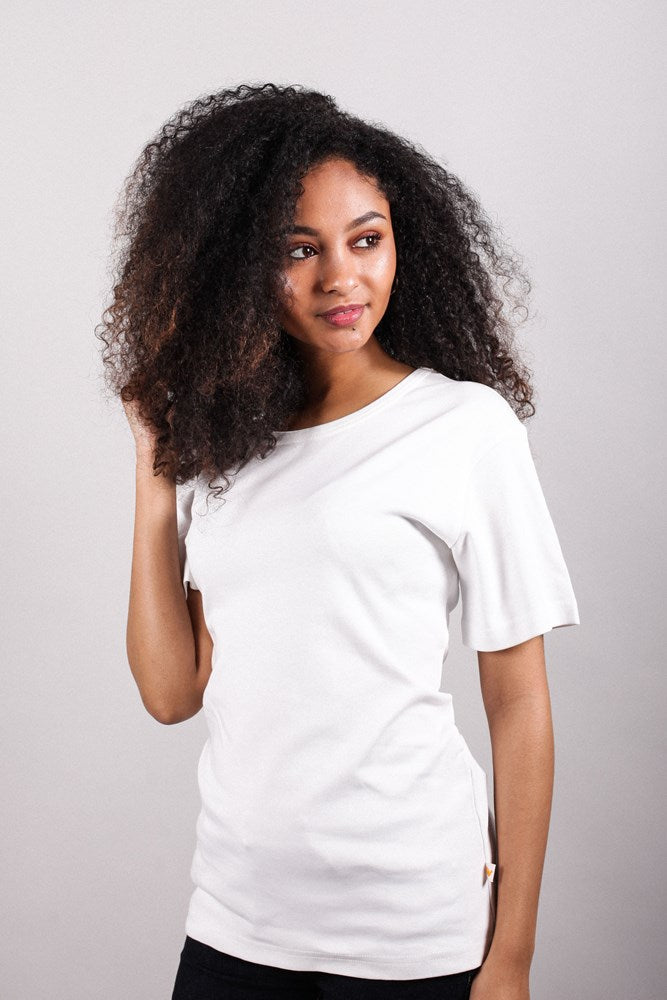
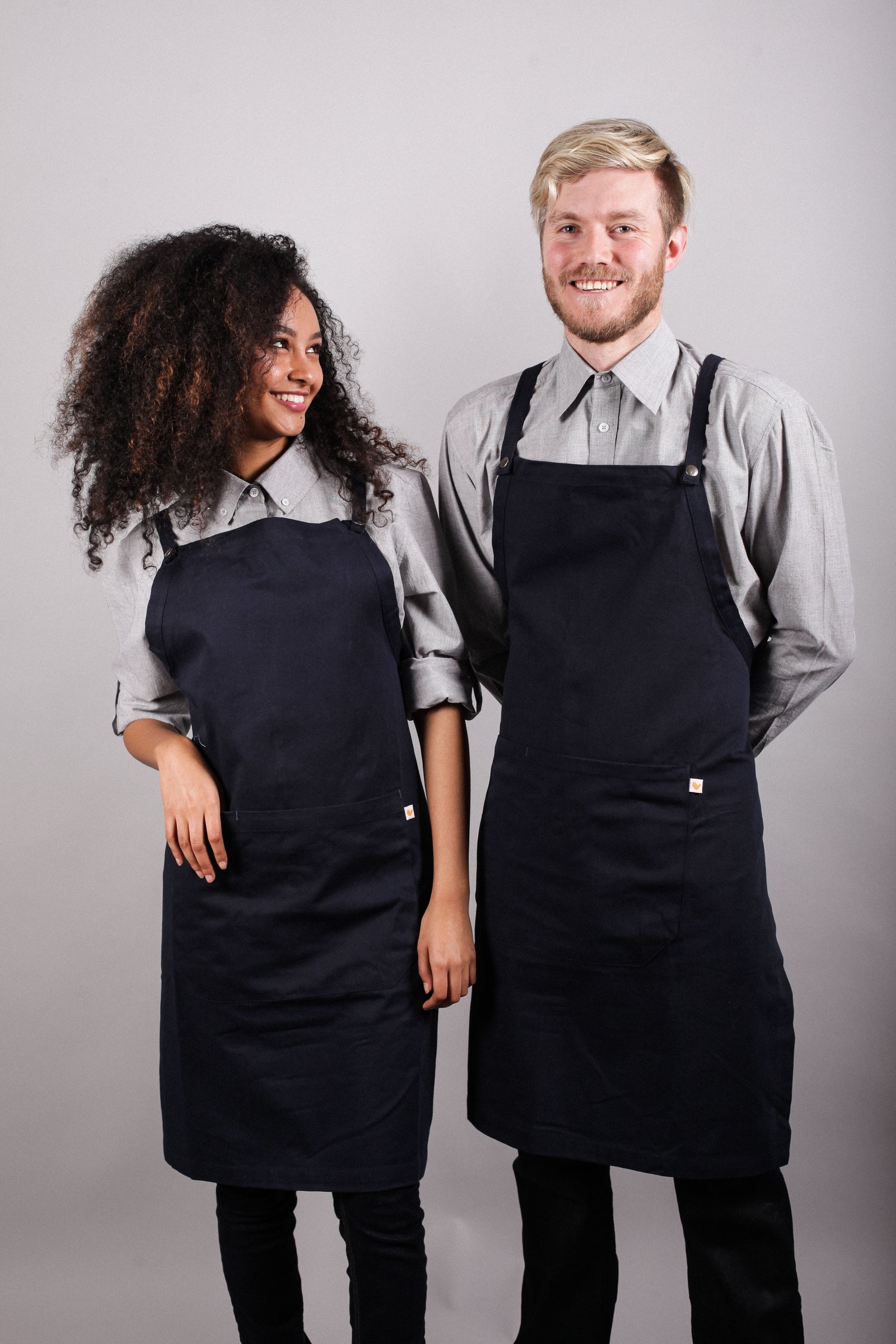
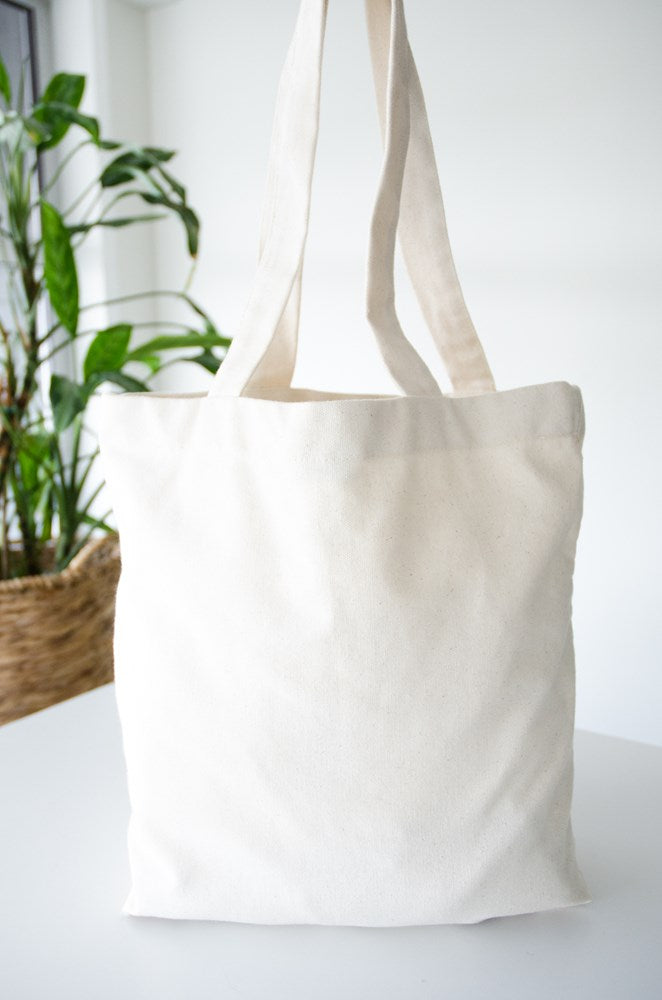
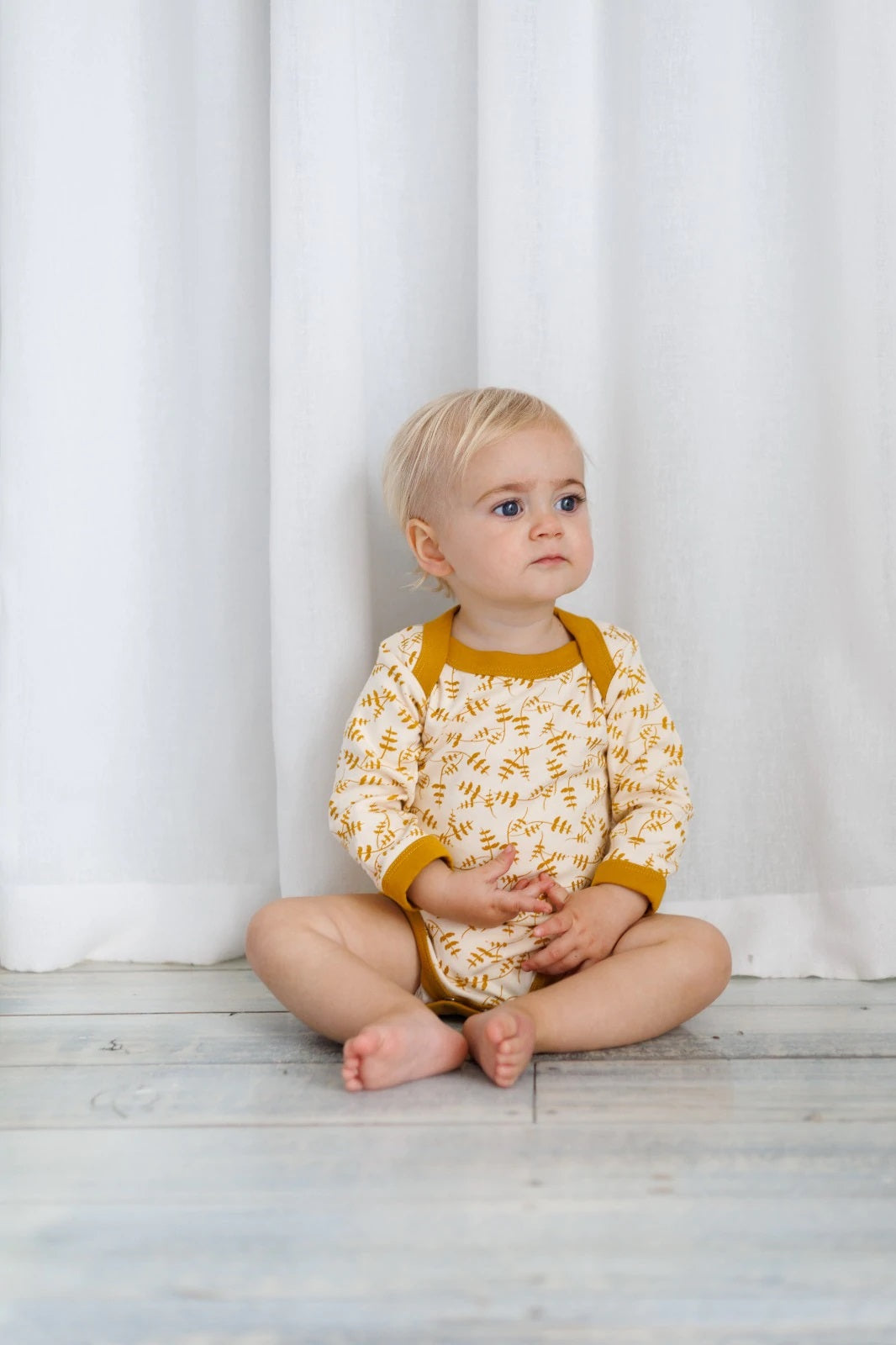
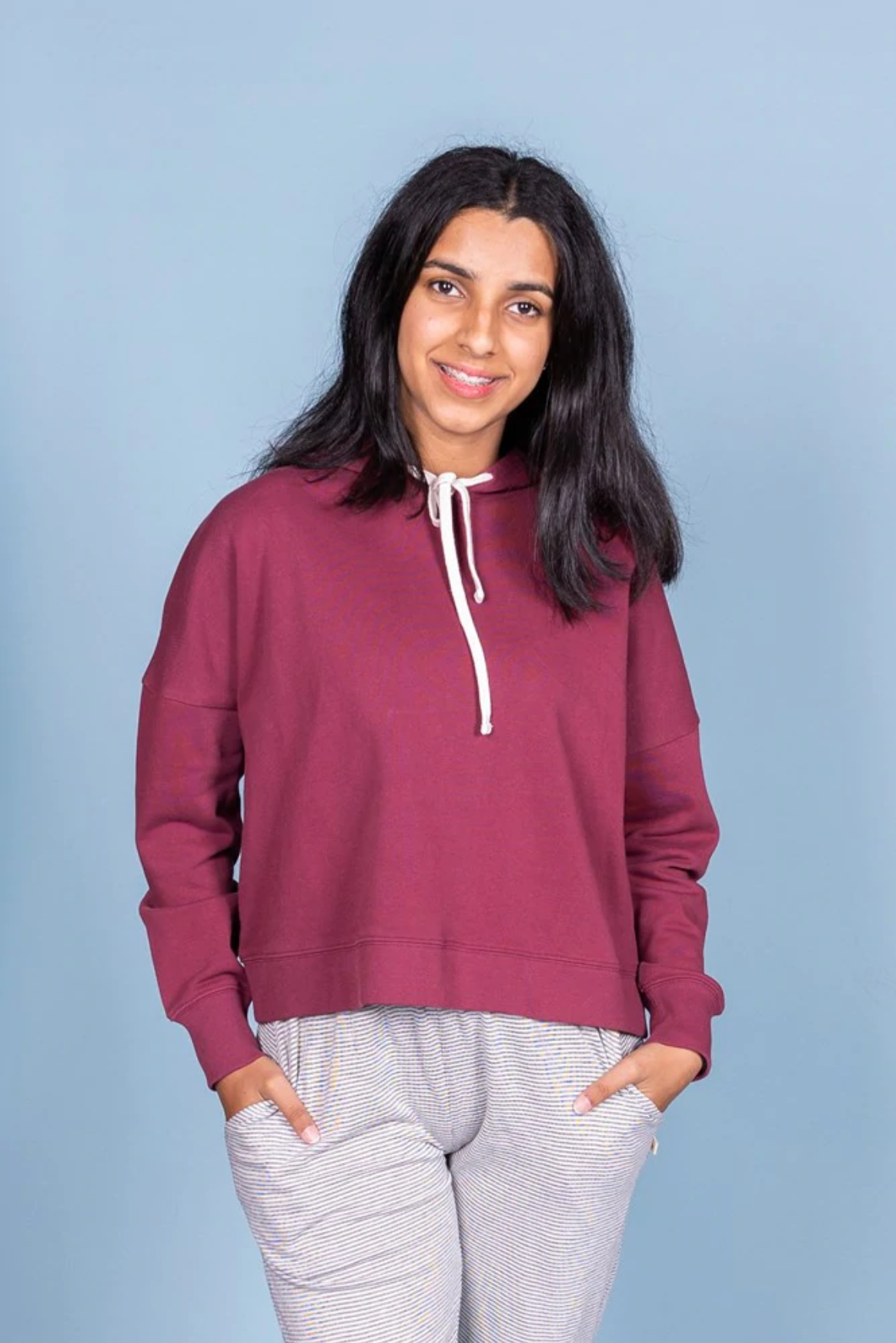
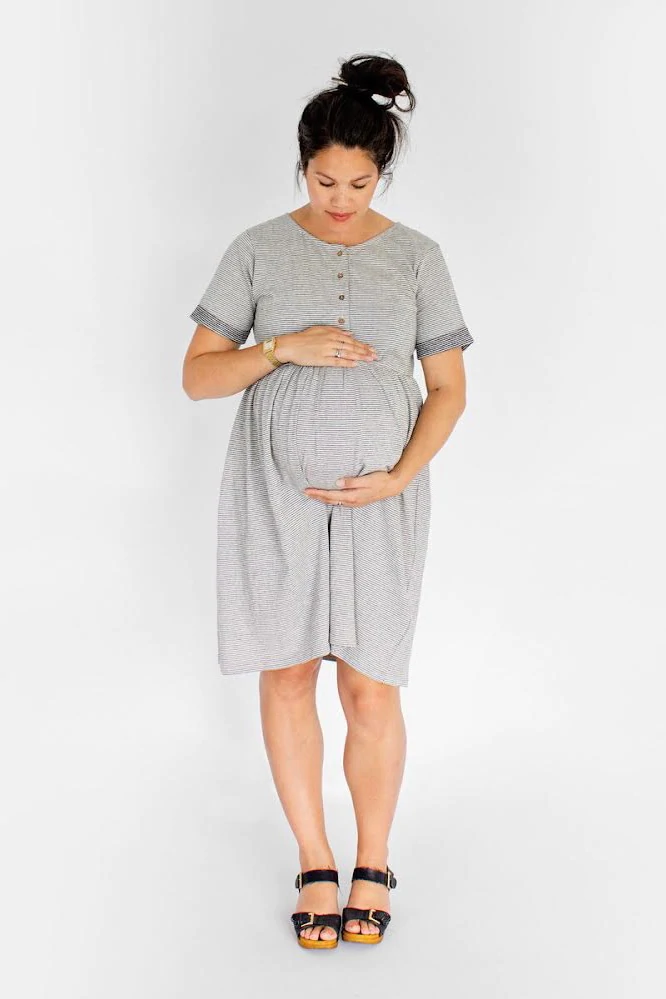
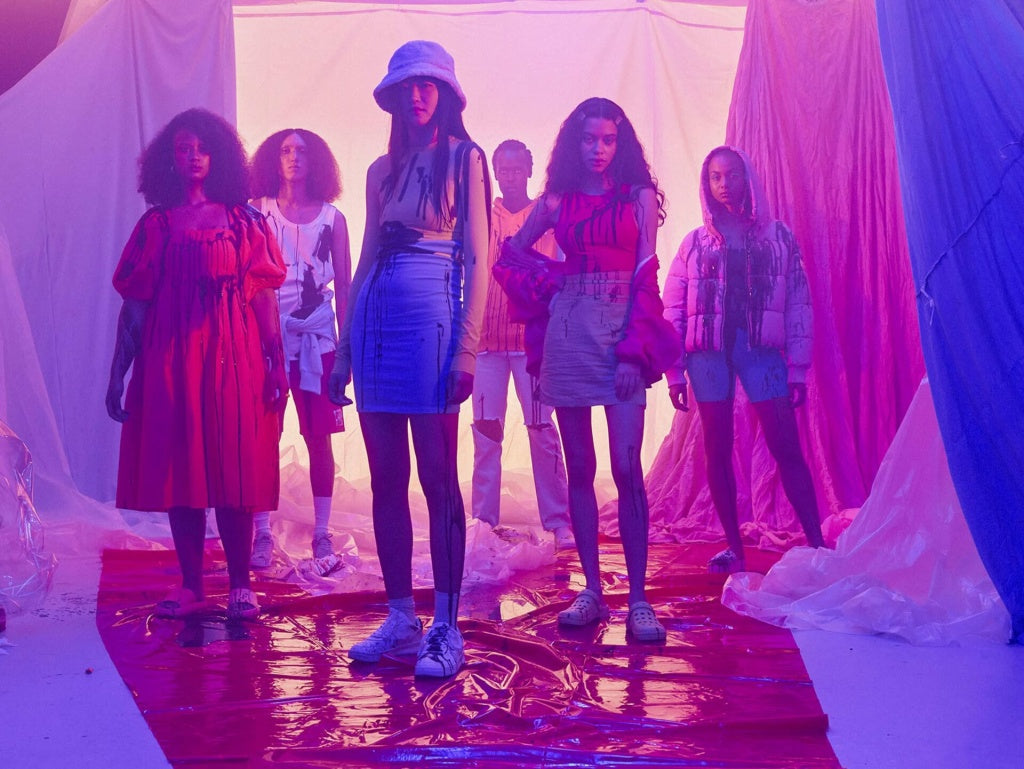
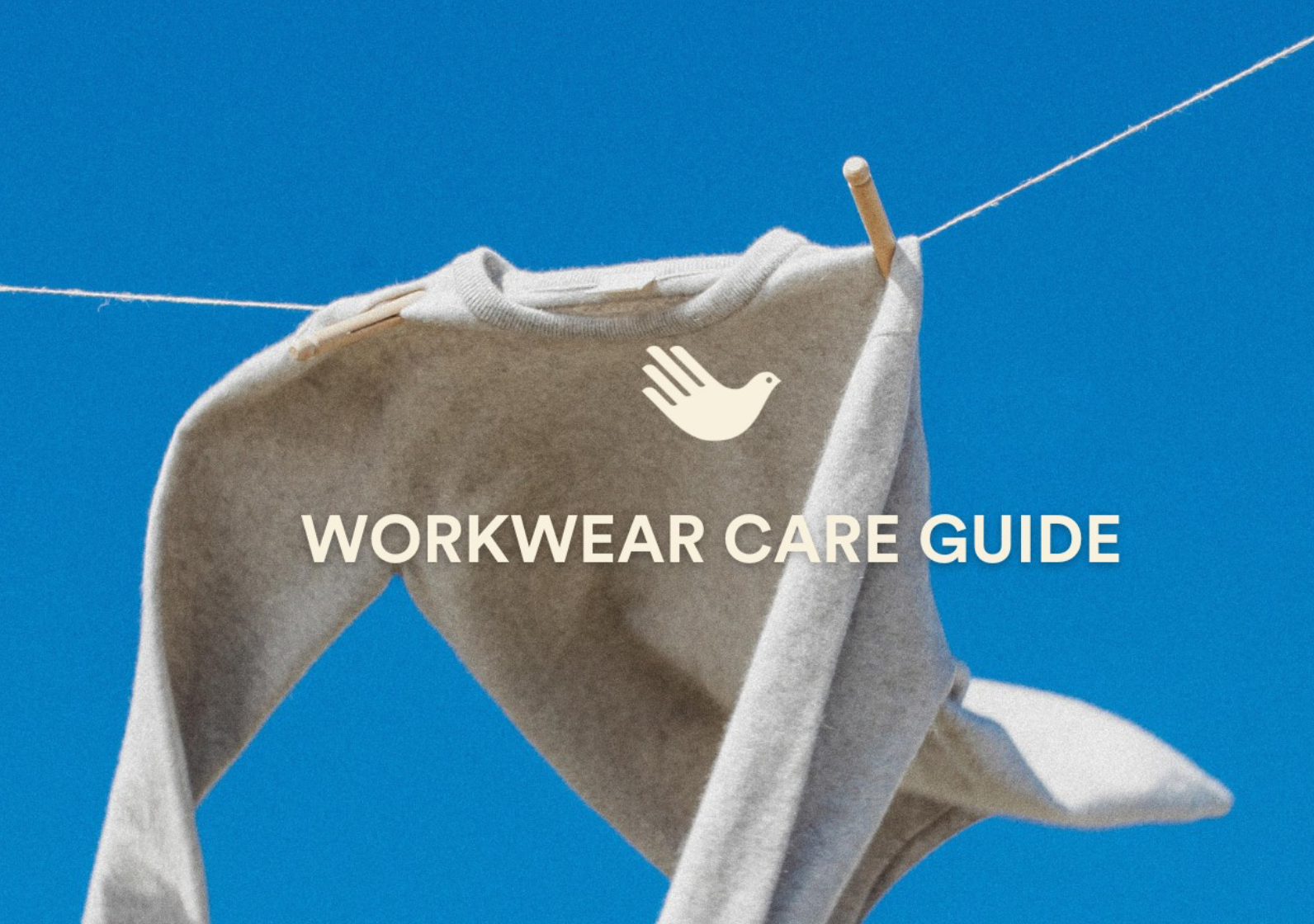
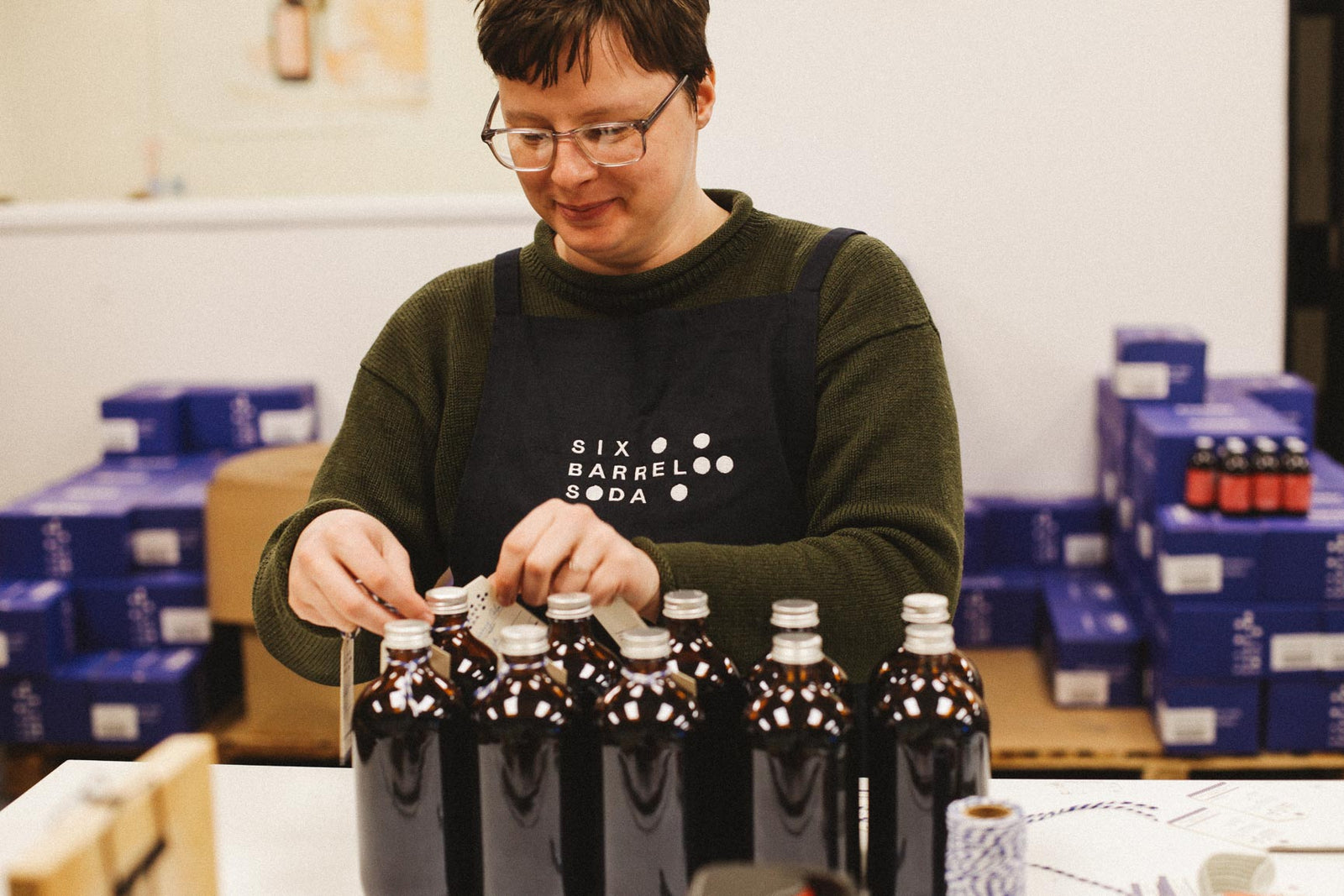
Leave a comment (all fields required)